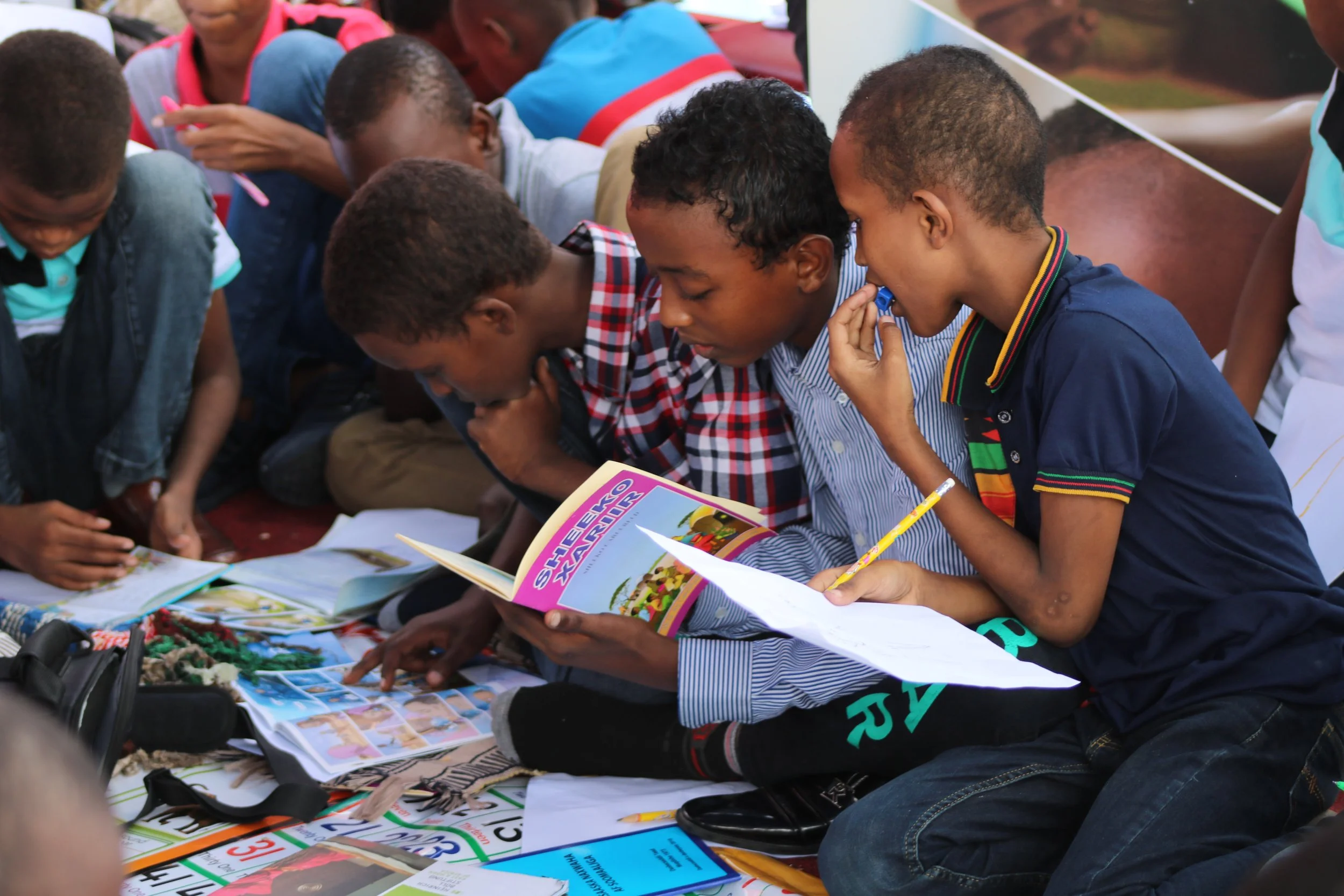Towards a more accessible society
Edupops Co-Founder Thuong Luu discusses a more accessible future and current trends shaping the information that people prefer to consume online.
Access to education, whether it's formal or not, is beginning to change. Knowledge is becoming accessible to those who don't live in the biggest cities. We no longer have to go to institutions to learn (in some cases they can even come to us) and we don't need to have a huge investment to begin.
Current trends
The creator economy is currently valued at 100 billion U.S. dollars. Why? Because consumers today like to have the product associated with a brand and today - it’s people. With so much choice and as consumers increasingly question their consumption habits, what's the competitive edge you get as a brand? You need to put your face out there. And you need to make it engaging.
Apps like Facebook, once a place to connect with friends and family now has a marketplace, workspace, a clubhouse and now it's a Meta. TikTok is a short-form video hosting service - an entertainment platform - yet #edutalk received over 150 million views. YouTube has invested, last year, over 100 million U.S. dollars in ‘shorts’ which is now more popular than the actual YouTube videos themselves. Now, whilst all this data is not based on micro-learning directly, it gives useful insight into the future of learning and shows a clear trend towards the type of content and information people prefer to consume online to engage with learning and working amongst a widening range of other activities.
“People are used to the convenience already, right? If you want something, it’s right there right away. You don’t want to go through a 20-minute video. You don’t have to do extensive research. And also another interesting trend (from Google themselves) is that Gen Z uses Instagram and TikTok for searching instead of Google.”
Flexibility, choice and inclusion
Ideas around flexibility have been around in the work environment since “flexiwork” was coined by Christel Kammerer in the 1960s as a way to address new ways of working for women – especially mothers and caregivers – through to the introduction of telecommuting as a way to reduce pollution and mitigate emerging fuel-shortage crises. But until now change has been slow.
We have been aware of the social inequalities around learning and working and the pandemic magnified these challenges and brought them to the forefront. One of the benefits of our time in lockdown was that it brought inclusion to people who were previously excluded from standard ways of learning and working. In other words, it has created a more even playing field and lowered barriers to entry.
The future…
Currently, cities are home to 4.4 billion people and this is a growing trend with this figure expected to double by 2050. Yet education remains inaccessible for millions of children around the world. We have access to so much information but education systems around the world have not really adapted or become more inclusive.
“Why would you remember a date when you can actually see it? Or when you can look it up? What’s the value for you there?”
Over 70 million children of primary education age are not in school and 759 million adults are illiterate - limiting awareness and understanding of how to improve both their living conditions and their families. By promoting inclusion, choice and flexibility through new ways of learning we can progress society. As education becomes more accessible to all it may give a chance to begin restructuring society for better.

